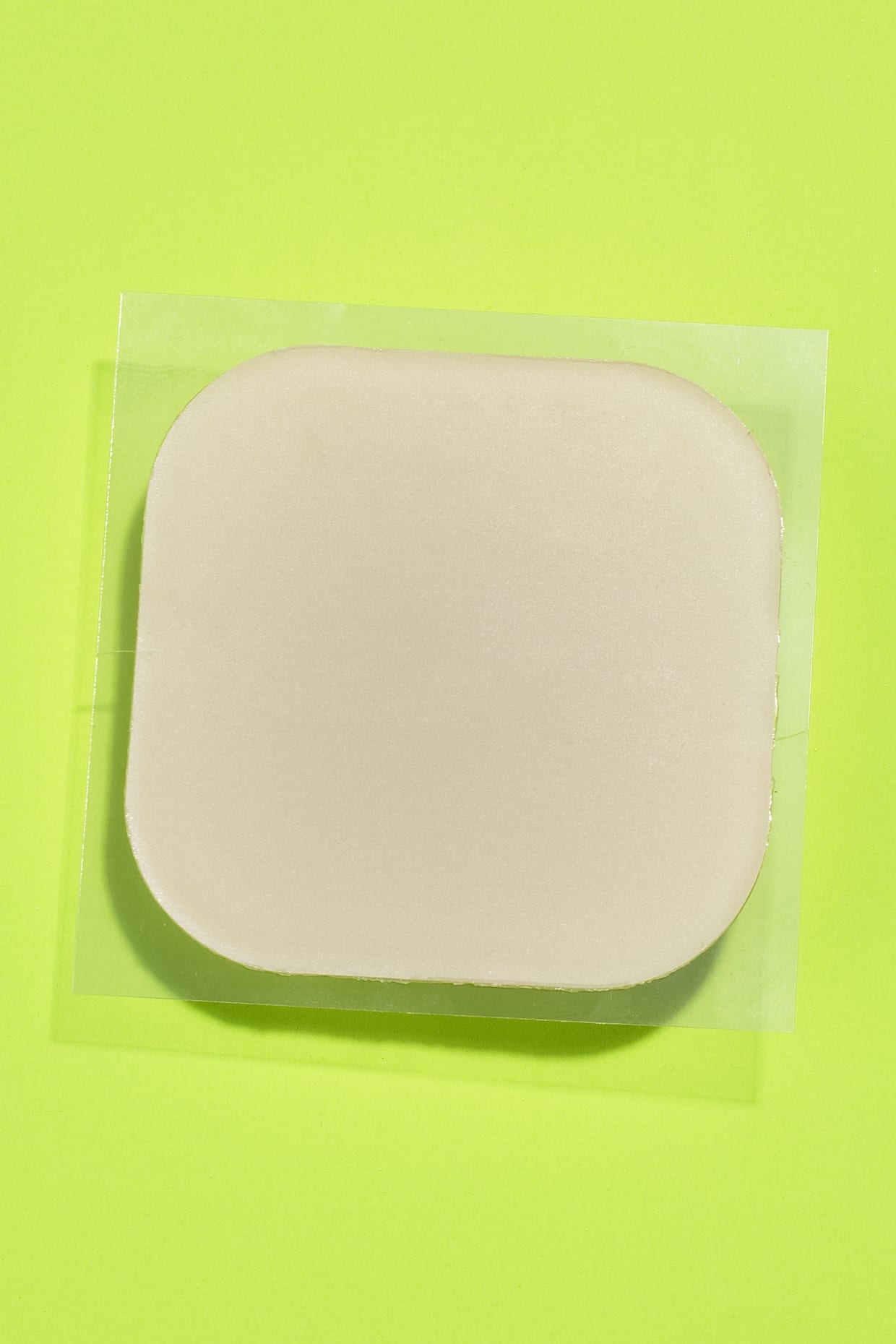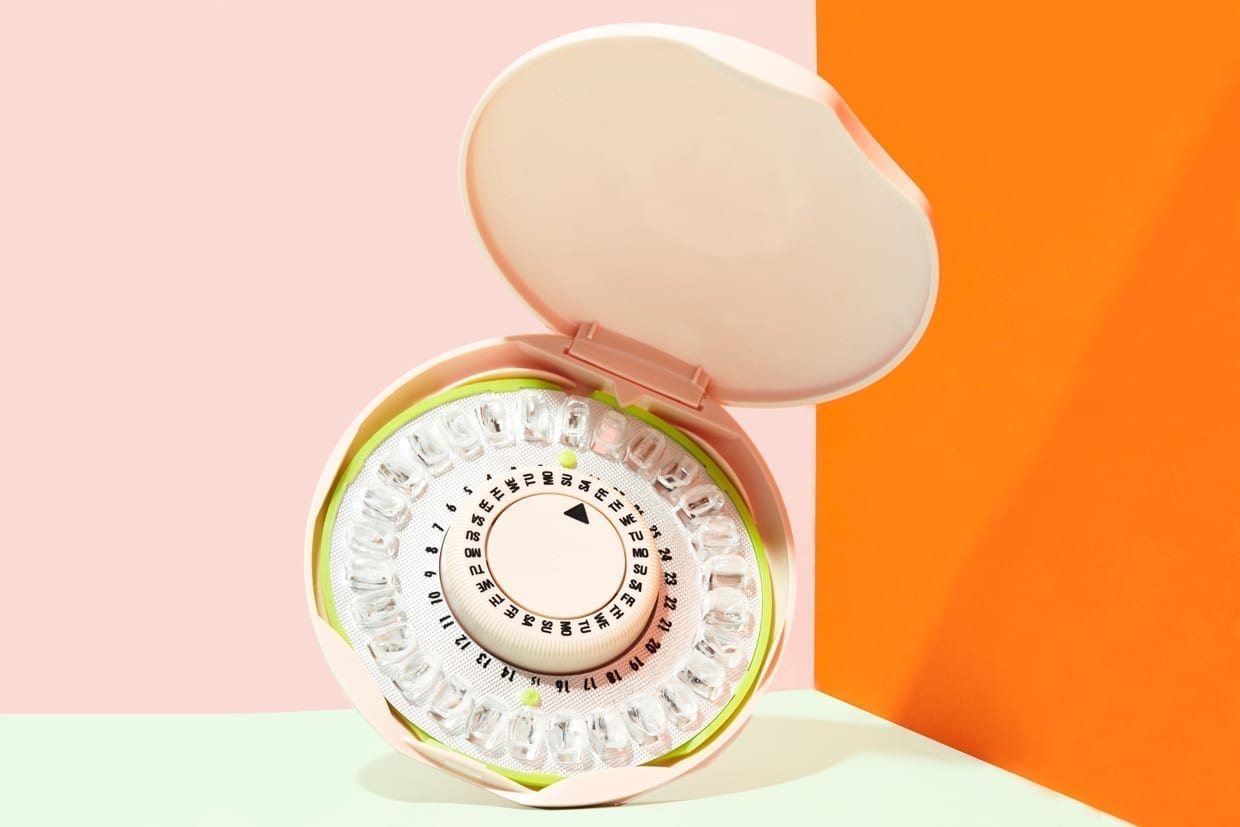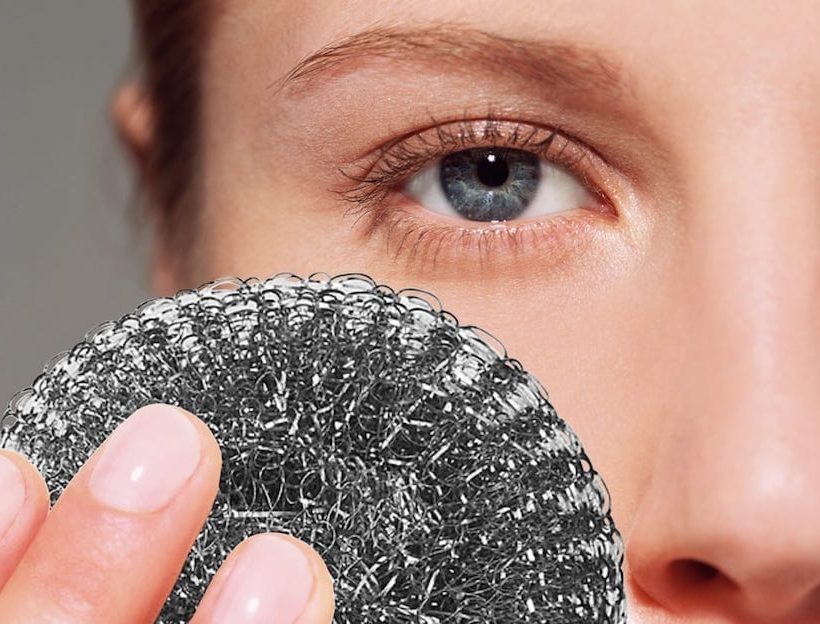Birth control: a form of freedom we will never take for granted, but a headache-inducing pain when it comes to figuring out how it will affect our skin. Birth control pills were approved for contraceptive use in 1960, and since then, millions of women have been using oral contraceptives to not only prevent pregnancy but to also regulate hormones to heal their skin, too.
While oral contraceptive is the most well-known form of hormonal birth control, the recent advancements among other forms of birth control (i.e. IUD, the patch, the ring, etc.) are extraordinary, and women are catching on. Interested in trying out one of these longer-term hormonal birth control options, but unsure how it might affect your skin? Read on.
Hormones 101
To understand how different forms of birth control affect the skin, it is important to recognize how our hormones actually work. “The average menstrual cycle is 28 days and each of these days is different hormonally — estrogen is the dominant hormone during the first half of the cycle and progesterone is the dominant hormone during the second half,” explains Hadley King, M.D., a board-certified dermatologist in New York.“Then levels of both estrogen and progesterone fall to their lowest levels of the cycle premenstrually, as bleeding approaches.”
The male hormone testosterone stays at a fairly constant level throughout the cycle, so relatively speaking, testosterone is higher compared to the female hormones before and during menstruation. “The mid-cycle rise in progesterone stimulates increased production of sebum, and a higher relative testosterone level around menstruation also stimulates more sebum production,” says King. “The result is oily skin, clogged pores, and inflammatory acne.”
My hormonal breakouts popping up every month unwelcome, just when I think I got my skin on lock pic.twitter.com/LZt4XMbE9O
— Zendaya (@Zendaya) August 8, 2018
According to King, about 60 percent of acne-prone women experience perimenstrual flare-ups, and the most common pattern is for the flare to strike 7-10 days before the onset of bleeding, and then subside once the bleeding starts.
When thinking about different types of birth control, it is important to remember this: In general, estrogen improves acne, while some progestins are more androgenic and others are anti-androgenic, where androgens can actually increase sebum production and acne.
Additionally, Sherry Ross, M.D., OB-GYN and women’s health expert in Santa Monica, California, takes into account how sensitive a patient might be to these man-made or synthetic estrogen and progesterone hormones.“There are many different brands of oral contraceptives, each varying in the types and doses of these two key hormones,” she says. “Some women are more sensitive to one or both of these hormones, exacerbating side effects [like acne].”
Acne isn’t the only skin condition that might develop while using birth control. The forms of birth control that contain less progesterone might cause dry skin. “Because of birth control’s effect on sebum, the [birth control methods] that decrease sebum production will make the skin less oily, which can contribute to drier skin,” says King.
Melasma is another skin condition that might be affected by birth control. “Melasma, or dark, blotchy and heavily pigmented patches on the face, is a side effect of the birth control pill to those who may be predisposed to this condition,” explains Ross. “Changes in the amount and type of hormones increase the risk of melasma caused by the birth control pill, where estrogen tends to be the primary cause of women sensitive to this condition.”
Different Forms of Birth Control and How They Affect the Skin
Oral Contraceptives (aka “The Pill”)
What are They?
Birth control pills are a form of combined hormonal contraceptives that contain two hormones, estrogen and progestin, and are taken daily. They are considered beneficial for hormonal acne because the estrogen they contain can suppress the ovaries’ production of androgens and increase a protein called sex-hormone binding globulin in the blood. “This protein binds free testosterone in the bloodstream, so then less testosterone is available to cause sebum production and acne,” explains King.
How Can They Affect Skin?
Many birth control pills are great in reducing and preventing hormonal acne, but it all depends on which oral contraceptive you choose. “Ideally, birth control pills that contain less of the acne-causing androgens will help prevent acne and improve the quality of your skin overall,” says Ross. The birth control pills that contain progesterone with androgens might make acne more likely to develop.
“Different formulations have different effects because some progestins are more androgenic and can increase sebum production, while other progestins are anti-androgenic (block the androgen receptors) and may decrease sebum production,” says King. “Drospirenone is a progestin that has particularly high anti-androgen activity, which is why oral contraceptive pills with this progestin, including Yasmin and Yaz, tend to be particularly helpful for treating hormonal acne.”
The bottom line: Ask your doctor for birth control pills with higher levels of estrogen and lower levels of progesterone — you are probably going to have to test out a few brands to see which works best for you.

Contraceptive Injection (aka Depo-Provera, Sayana Press or Noristerat)
What is it?
The contraceptive injection is a shot that contains either just progestin or both a progestin and an estrogen. A patient using contraceptive injection as their form of birth control only needs to get the shot once every month or once every three months, depending on the brand. The contraceptive injection is not reversible, so once injected, you cannot “stop taking it” as you might with birth control pills.
How can it affect the skin?
Depo-Provera, a progestin-only contraceptive injection, “can increase the risk of acne, as the progesterone used in injectable hormones can make the skin more oily,” says Ross.

Intrauterine Device (aka IUD)
What is it?
An IUD is a flexible, T-shaped piece of plastic that is inserted into the uterus to prevent sperm from joining with an egg. Sometimes the insertion of this device can be painful, but this form of birth control can last between 3-12 years.
How can it affect the skin?
Higher-dose hormonal IUD options, like Mirena and Liletta, contain the progestin levonorgestrel. “In one study, 35 percent of users reported acne,” explains King. “Lower-dose hormonal IUDs, like Kyleena, Jaydess and Skyla, also contain levonorgestrel, but at lower doses than Mirena and Liletta, and studies have shown that acne was reported by 3-10 percent of users.” Non-hormonal IUDs, like the copper IUD, won’t affect hormone levels and are not expected to affect acne.

Contraceptive Implant (aka Nexplanon and Jadelle)
What is it?
The birth control implant is a small plastic rod that is inserted into the upper arm, right below the skin, by a doctor. This type of birth control releases progestin and can last for about three years.
How can it affect the skin?
Implants like Nexplanon and Jadelle are progestin-only contraceptives. “The Nexplanon implant contains a progestin called etonogestrel, and in some studies, approximately 12-13 percent of people using Nexplanon have reported new or worsening acne, while a similar percentage have reported improvement in their acne,” says King. “The Jadelle implant contains a progestin named levonorgestrel. In studies, less than 1 percent of users have stopped the medication due to acne.”

Contraceptive Ring (aka NuvaRing)
What is it?
The contraceptive ring is a flexible, circular ring that is inserted inside the vagina every three weeks (with a one week break in between uses) as it slowly releases both estrogen and progestin through the vaginal wall into the bloodstream.
How can it affect the skin?
“The contraceptive ring has similar hormones to oral contraception, but has a decreased incident of acne,” says Ross. King, on the other hand, says there is limited research into how the ring affects acne. “Studies have shown that ring users reported less acne compared to pill users after 3-13 months of use.”

Contraceptive Patch (aka Xulane)
What is it?
The contraceptive patch is a transdermal patch that you wear on your upper arm, stomach, buttocks or back, and releases both estrogen and progestin hormones to prevent pregnancy. You must apply a new patch to the skin every week for three weeks, with a patch-free week in the fourth week.
How can it affect the skin?
Although the contraceptive patch contains both estrogen and a progestin, “there is little research into how the patch affects acne,” says King. “In a small study, acne improved in 33 percent, worsened in 17 percent, and stayed the same in 50 percent after seven months of use.”

Morning-After Pill (aka Plan B)
What is it?
The levonorgestrel morning-after pills are over-the-counter pills that can be taken up to five days after unprotected sex to prevent pregnancy. “Emergency contraception options like Plan B, Next Choice or Ella essentially work by giving you a big dose of progesterone, which makes your body think you’re already pregnant,” says King. “It either prevents an egg from being released, or it increases the lining of the uterus so that if an egg has already been fertilized it won’t be able to implant in the uterus and start developing — then there is an abrupt drop in progesterone, so your body thinks you’re no longer pregnant and the lining of the uterus sheds.”
How can it affect the skin?
Because the morning-after pill creates a large surge of progesterone in the body, and then abruptly drops soon after, it is a common side effect to see a temporary increase in acne when taking this form of birth control occasionally.







